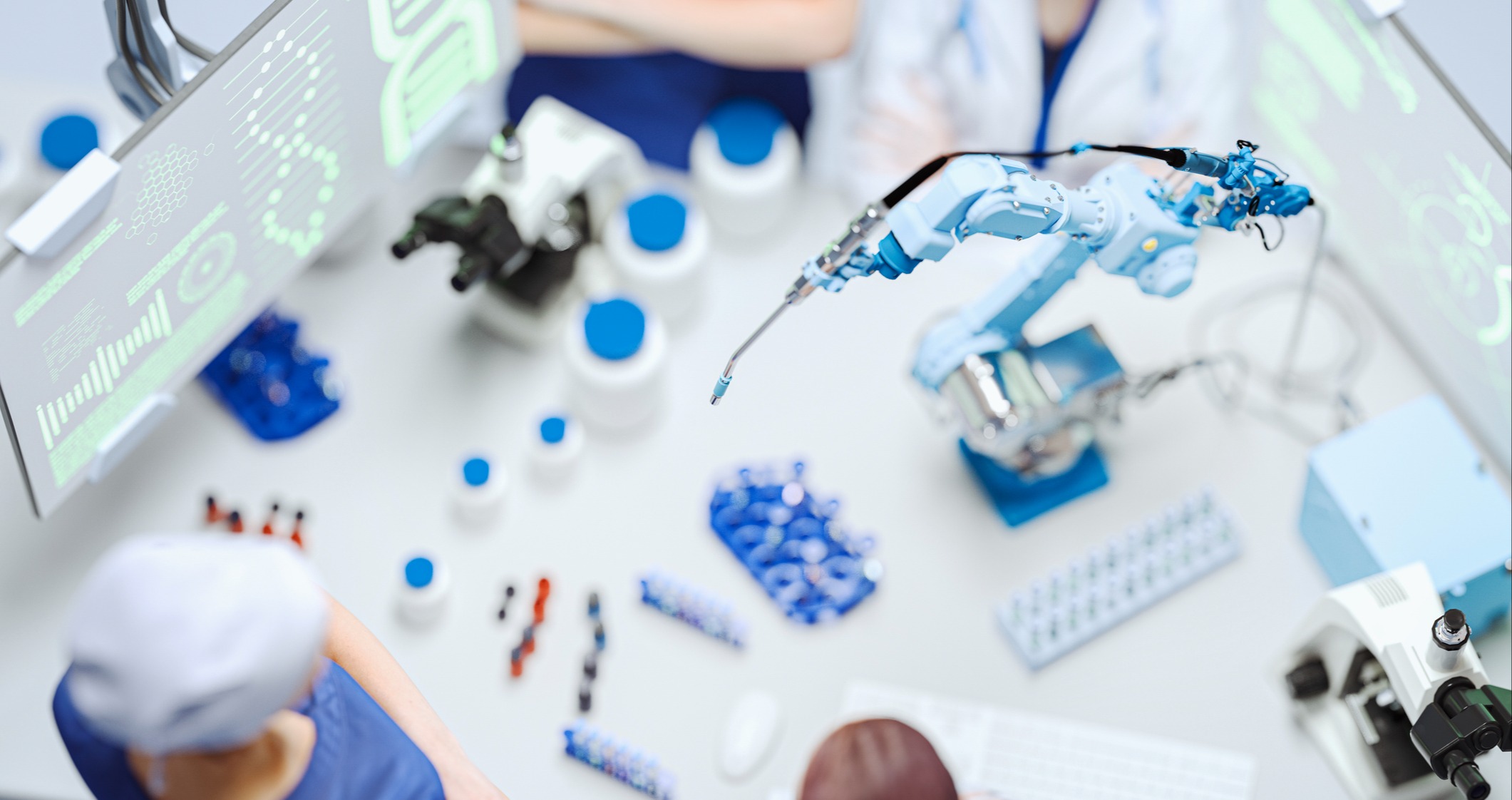Using a robotic finger to conduct exams
MDlinx Nov 16, 2024
Soft, robotic hands can look and act like human hands, but can they feel in the same way? For years, the answer to this has been ‘no.’ But now, scientists appear to have devised parts of a robotic hand—more specifically, a robotic finger—that can interpret sensations similar to the ways in which humans do.

Researchers from the Department of Precision Machinery and Precision Instrumentation at the University of Science and Technology of China (USTC) recently developed a bioinspired soft finger (BSF) that acts similarly to a human finger in both its movements and tactile sensing abilities.
McClure P. Robotic ‘finger’ could perform your next intimate physical exam. New Atlas. October 9, 2024.
Research says that the BSF’s response time to sensations—50 ms—is similar to that of human fingers.
Wang Y, Wu H, Li T, et al. Toward human-like touch sense via a bioinspired soft finger with self-decoupled bending and force sensing. Cell Reports Physical Science. 2024;5(10):102225.
Additionally, researchers say, the BSF is “mechanically durable for practical applications.”
This scientific breakthrough has exciting implications for the medical community and doctors like yourself. Notably, it could provide an alternative method of touching patients during physical exams.
According to the researchers, the BSF could perform tasks and exams such as:
-
Touching and sensing the “stiffness” of an object;
-
Identifying lumps beneath tissues by simply pressing;
-
Locating the artery at a patient’s wrist automatically and;
-
Taking a patient’s pulse.
Why should doctors use robotic fingers?
Using a robotic finger during a physical exam may sound strange, and it could be spooky to some patients. However, the technology could also help soothe some patients’ fears about medical examinations, especially for those who are averse to touch or uncomfortable being touched by a doctor of the opposite gender. The researchers note that “a large percentage of individuals are unwilling to undergo physical examination,” particularly by doctors of the opposite gender.
McClure P. Robotic ‘finger’ could perform your next intimate physical exam. New Atlas. October 9, 2024.
This is one of the reasons that the potential for a robotic finger like the BSF has gained so much attention in the research community, they add.
Additionally, the researchers suggest that using robotic fingers could help fill gaps in some practices where there is a “lack of trained, experienced physicians,” and where, otherwise, “some diseases or potential risks might not be identified in time to prevent aggravation.”
Are robots replacing doctors?
While a robotic finger may be able to assist you during a medical exam in the future, it’s not going to take away all your job duties just yet.
If such innovations are to come to your office, you’ll still need to work alongside the robot to best care for your patients. While the robot can take a patient’s pulse and search for abnormalities, a doctor is still needed to interpret findings and numbers and to make a decision about how to use these data to diagnose a health condition or make decisions about a patient’s health.
What this means for you
Researchers have developed a soft, robotic finger that can check a patient's pulse and feel for abnormalities in the body. If this new technology comes to your practice, it could help you examine patients who are fearful of being touched.
-
Exclusive Write-ups & Webinars by KOLs
-
Daily Quiz by specialty
-
Paid Market Research Surveys
-
Case discussions, News & Journals' summaries